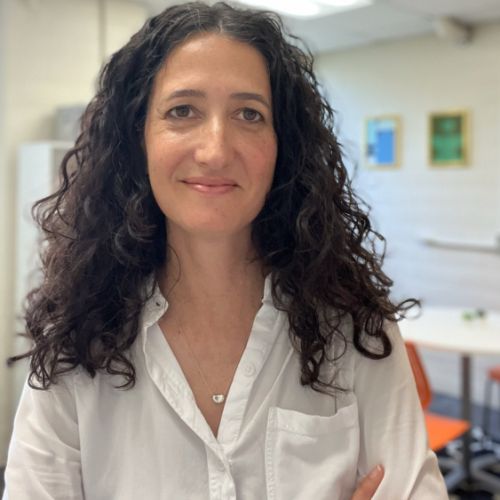
The neural tube patterns vessels developmentally using the VEGF signaling pathway.
Embryonic blood vessels form in a reproducible pattern that interfaces with other embryonic structures and tissues, but the sources and identities of signals that pattern vessels are not well characterized. We hypothesized that the neural tube provides vascular patterning signal(s) that direct formation of the perineural vascular plexus (PNVP) that encompasses the neural tube at mid-gestation. Both surgically placed ectopic neural tubes and ectopic neural tubes engineered genetically were able to recruit a vascular plexus, showing that the neural tube is the source of a vascular patterning signal. In mouse-quail chimeras with the graft separated from the neural tube by a buffer of host cells, graft-derived vascular cells contributed to the PNVP, indicating that the neural tube signal(s) can act at a distance. Murine neural tube vascular endothelial growth factor A (VEGFA) expression was temporally and spatially correlated with PNVP formation, suggesting it is a component of the neural tube signal. A collagen explant model was developed in which presomitic mesoderm explants formed a vascular plexus in the presence of added VEGFA. Co-cultures between presomitic mesoderm and neural tube also supported vascular plexus formation, indicating that the neural tube could replace the requirement for VEGFA. Moreover, a combination of pharmacological and genetic perturbations showed that VEGFA signaling through FLK1 is a required component of the neural tube vascular patterning signal. Thus, the neural tube is the first structure identified as a midline signaling center for embryonic vascular pattern formation in higher vertebrates, and VEGFA is a necessary component of the neural tube vascular patterning signal. These data suggest a model whereby embryonic structures with little or no capacity for angioblast generation act as a nexus for vessel patterning.
Duke Scholars
Altmetric Attention Stats
Dimensions Citation Stats
Published In
DOI
EISSN
ISSN
Publication Date
Volume
Issue
Start / End Page
Related Subject Headings
- Vascular Endothelial Growth Factor Receptor-2
- Vascular Endothelial Growth Factor A
- Transplants
- Signal Transduction
- Quail
- Pyrroles
- Neovascularization, Physiologic
- Mice, Inbred Strains
- Mice
- Mesoderm
Citation

Published In
DOI
EISSN
ISSN
Publication Date
Volume
Issue
Start / End Page
Related Subject Headings
- Vascular Endothelial Growth Factor Receptor-2
- Vascular Endothelial Growth Factor A
- Transplants
- Signal Transduction
- Quail
- Pyrroles
- Neovascularization, Physiologic
- Mice, Inbred Strains
- Mice
- Mesoderm

